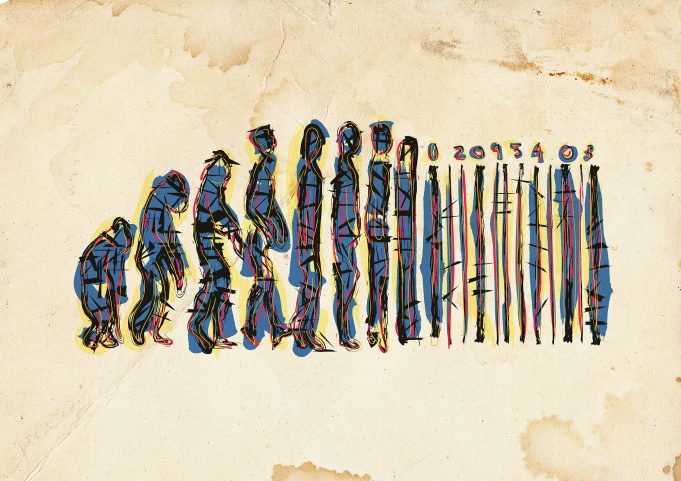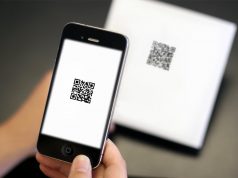Barcodes were first designed in 1951 by Normal Joseph Woodland and Bernard Silver, but it was not until twenty years later that they became widely used, primarily in the supermarket sector. They allow manufacturers and retailers to manage their products more effectively. When the series of thick and thin black lines are scanned, it calls up information about the product. Each line can be read by a scanner equipped with a light that reads and transmits the digital code to the software.
These simple alternating black and white line barcodes are UPC codes. The lines are machine-readable and below the lines are digital numbers. Later versions combined the lines with additional patterns – rectangles, dots, and hexagons to create 2D barcodes. These types can be read using a mobile device with a camera, such as smartphones. You will find them on products of every kind, spanning every industrial sector. According to Fortune Magazine, by 2004, the majority of the top five hundred companies were regularly using barcodes.
Multiple Uses
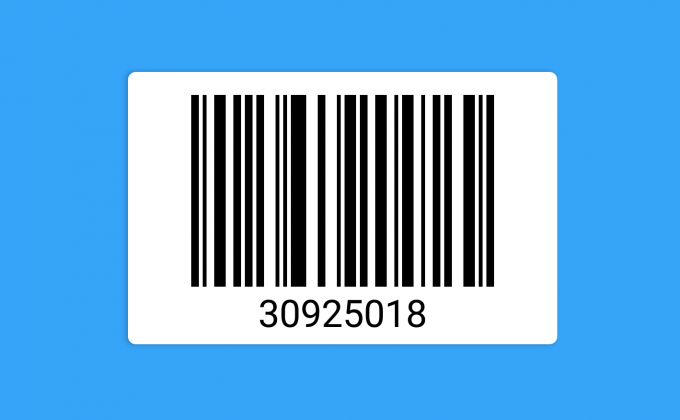
Barcodes are used for different reasons in different industries. At a grocery store, an item is scanned when a customer checks out. Scanning that item will send a description and a price to the register so the customer can be charged.
They can also provide information to a business’s accounting department. When sales orders take place, the bar code is associated with a sale amount. The accounting software will record how many of each item was purchased for any time period.
In a warehouse, they allow the business to perform an inventory count and track the path a product takes from the time it arrives at the time it ships out, offering greater accuracy than counting items manually and typing in digits – both are subject to errors.
Benefits
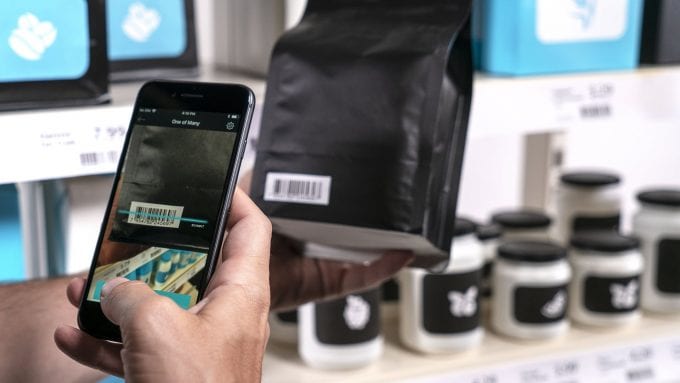
- Eliminate human error – caused by typing numbers by hand or miscounting items
- Accurate, real-time data – inventory counts update immediately upon a transaction
- Ease-of-use – simply point and click to enter the data.
- Creating them is easy, too.
- Time-saving – scanning products is a fast process. Think how quickly a salesclerk can ring up a basket full of groceries at the checkout counter using a scanner.
Set-up
Companies do not randomly place barcodes with any digits they choose on their products. A standard system provides a number that corresponds with a product that will be the same no matter where that product goes. To make that possible, a company must register with the Global Standards Organization to create barcodes for their products.
Once registered, the company will be assigned their own manufacturer’s number which makes up the first six numbers in their UPC code. The rest of the number which follows corresponds to the individual product.
Most companies will generate a unique barcode for every type of item. For instance, if you have two pairs of pants in different sizes, each size will be assigned its own number. Companies must take care not to duplicate number series.
The final number in the series is a verifier, indicating to the scanner that the code was scanned properly.
Because a UPC barcode is universal, a person could look an item up online using the UPC to see the prices different companies charge for the same product. For instance, if you wanted to purchase an Ashley Furniture sofa, using the UPC code you could locate the specific couch at any online store to compare prices.
That is not the case with SKU numbers; however, because SKU numbers are unique to a specific store and the information it contains is specific to that company only.
Inventory
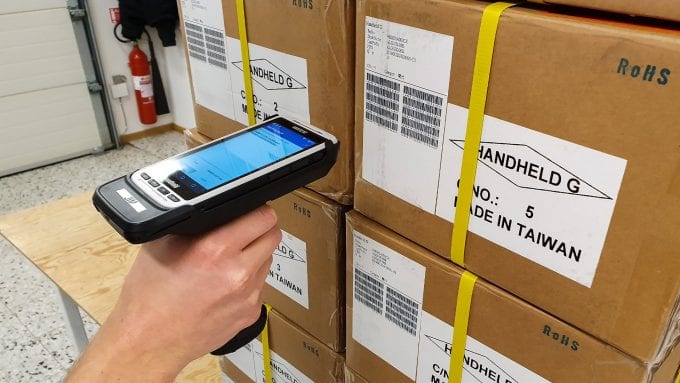
Scanning a code on a product drops that product into an inventory system where information about its production or assembly date, description, and location are all stored. These inventory management platforms allow a business to track the path a product takes from the time it leaves the supplier to arrive at the warehouse, to warehouse storage location, to sales order, to delivery to the end-user (retailer).
Tracking products by codes is essential to managing inventory and remaining profitable. Knowing when to reorder from suppliers to avoid items out of stock and prevent over-ordering which could lead to dead stock is the key to operating with the lowest investment possible. Most of a manufacturer or wholesaler’s money is tied up in inventory, and many are operating on very low margins. If you’d like to learn more about barcode inventory software, click here.
Scanning products help to reduce the human error caused by transposing a number or decimal. When a barcode is scanned, the number generated will be conveyed to software that links the number with additional information describing the product details.
Types
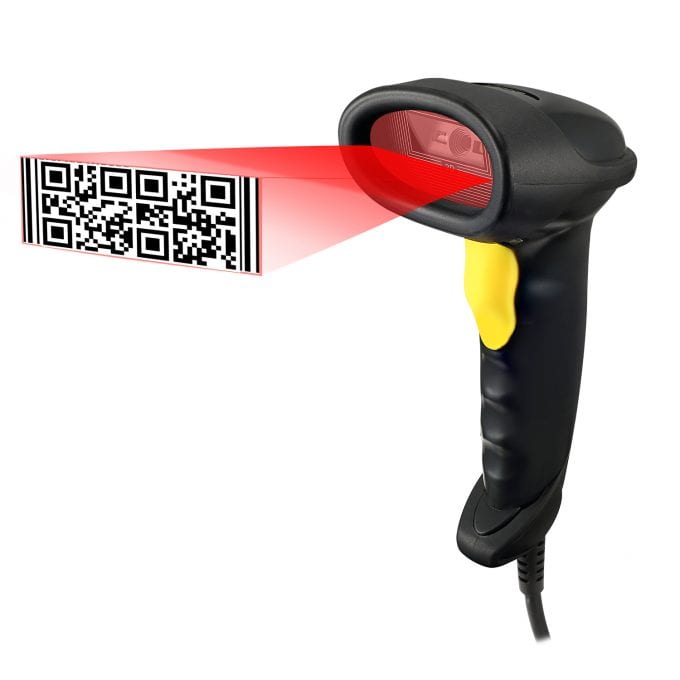
A UPC code, referenced above, is a 1D or one-dimensional bar code as it is only composed of vertical lines.
A 2D, or two-dimensional bar code, combines lines with other geometric shapes and can correspond to more information than a 1D barcode can. They go beyond the basics of type, size, and color to provide URLs, images, prices, and more.
Just about every product produced these days sports one. Without them, there is no way to know where a product has been or to know when your inventory is short or overstocked on an item. The ability to track products and calculate inventory quantities in real-time allow a business to control costs, remain profitable, meet demand, and avoid waste. Tracking also allows the business to locate products that are recalled.
If a product has an issue that requires a business to know where it came from or where it went, a tracking code allows that business to quickly recall only those items that have been impacted rather than recall all their products in circulation.
Barcodes, while simple in concept, have empowered businesses with the ability to control many aspects of their operations and to maintain control overgrowth and customer satisfaction at the same time.

